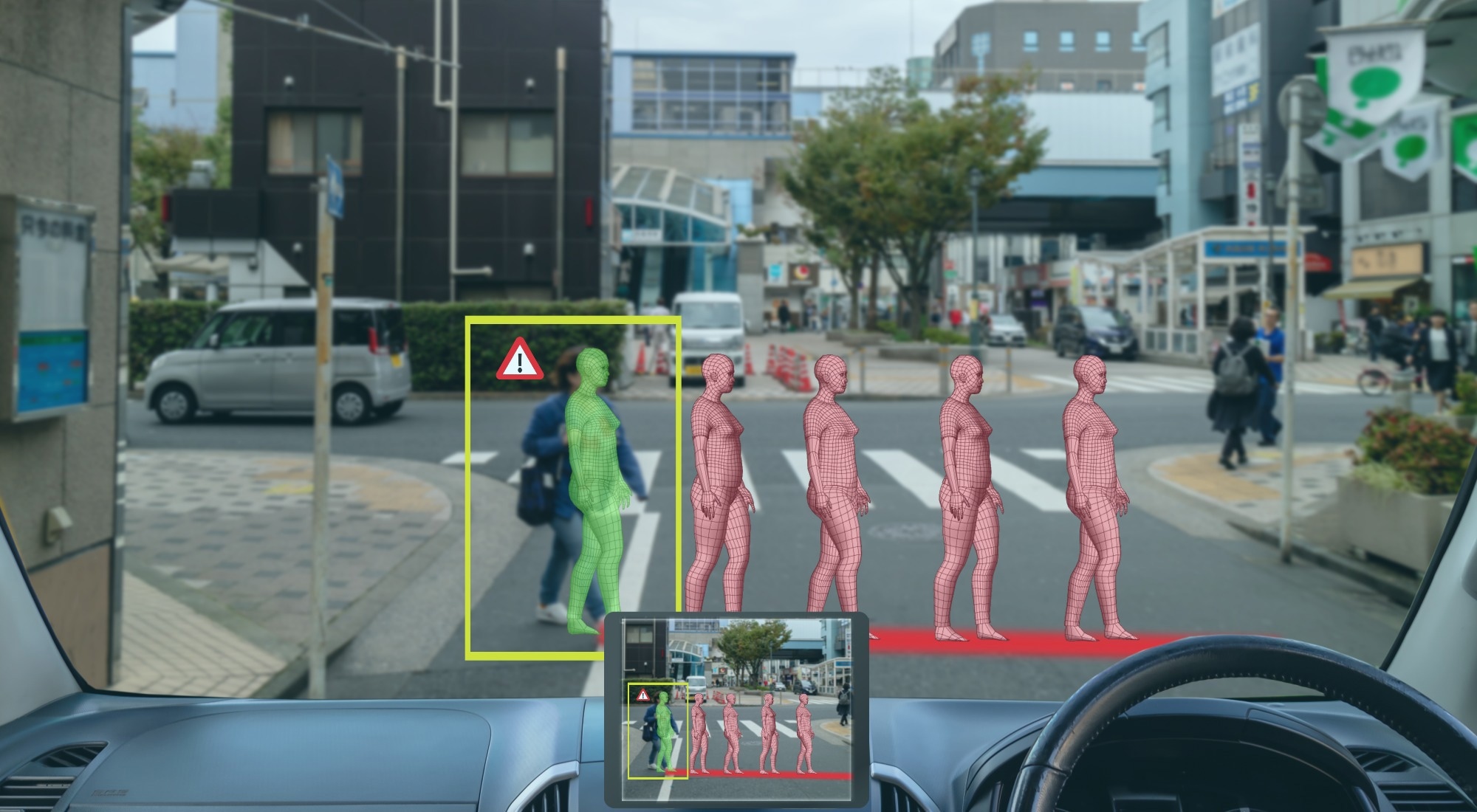In an article recently submitted to the arxiv* server, researchers introduced a novel relaxed rotation group equivariant convolution (R2GConv) and its associated network, relaxed rotation-equivariant network (R2Net) to address limitations in traditional group equivariant convolution (GConv) methods, particularly in scenarios involving symmetry-breaking or non-rigid transformations. The proposed method enhanced object detection and image classification by adapting to these challenges, resulting in improved generalization and robustness in real-world visual tasks.
 Study: Symmetry-Breaking Detection Enhances Object Recognition. Image Credit: MONOPOLY919/Shutterstock.com
Study: Symmetry-Breaking Detection Enhances Object Recognition. Image Credit: MONOPOLY919/Shutterstock.com

 *Important notice: arXiv publishes preliminary scientific reports that are not peer-reviewed and, therefore, should not be regarded as definitive, used to guide development decisions, or treated as established information in the field of artificial intelligence research.
*Important notice: arXiv publishes preliminary scientific reports that are not peer-reviewed and, therefore, should not be regarded as definitive, used to guide development decisions, or treated as established information in the field of artificial intelligence research.
Background
Object detection is a fundamental task in computer vision with applications in autonomous driving, geosciences, and more. Recent progress in deep neural networks (DNNs) has improved detection accuracy, but challenges persist due to objects in natural images often undergoing rotation and scale variations.
Traditional methods like data augmentation and equivariant neural networks (ENNs) aim to address these issues by enforcing rotation-equivariance, but they struggle with symmetry-breaking, where objects deviate from strict symmetry. Existing ENNs are limited in their ability to model these deviations, resulting in gaps in accurately representing complex, real-world data.
This paper introduced a novel R2GConv to tackle these challenges. By allowing controlled rotation deviation, the proposed method better captured the nuances of symmetry-breaking, enhancing the accuracy and robustness of object detection in natural images.
The paper filled a crucial gap by addressing the limitations of existing ENNs in handling symmetry-breaking, offering a more flexible and effective approach to two-dimensional object detection. The proposed network, symmetry-breaking object detection network (SBDet), showed significant improvements in performance, contributing to the broader field of computer vision.
Rotation-Equivariant Detection Methods
The researchers introduced a framework for relaxed rotation-ENNs, which extended the concept of strict rotation-equivariance to allow for more flexibility in handling real-world data that might not be perfectly symmetric. The authors first defined strict and relaxed rotation-equivariance, where strict equivariance maintained exact symmetry under rotation, and relaxed equivariance permitted some deviation, controlled by a parameter ϵ.
The core of the proposed method was the R2GConv module, which introduced a learnable perturbation factor, ∆, to modify group operations, thus allowing the convolution filters to adapt to data with varying degrees of symmetry. The method was implemented using the fourth-order cyclic rotation group (C4), and the perturbed affine transformation matrix enabled the construction of these relaxed convolution filters.
To reduce computational costs, the R2GConv module was divided into two operations, pointwise and depthwise convolutions. These operations were designed to efficiently handle the large number of parameters typically involved in ENNs.
The framework culminated in the R2Net, which was built on the R2GConv module and featured a four-stage architecture for processing input feature maps. The network was designed to improve performance and generalization by accommodating real-world data's imperfect symmetries.
Empirical Evaluation and Analysis
The authors conducted comprehensive experiments to evaluate the performance of their proposed model, particularly focusing on object detection and image classification tasks. They tested their method on the PASCAL visual object classes (VOC) and Microsoft (MS) common objects in context (COCO) 2017 datasets for object detection and on Canadian Institute for Advanced Research (CIFAR)-10/100 for natural image classification. Their model outperformed existing methods in both tasks, demonstrating superior parameter efficiency and accuracy.
The experiments utilized a relaxed rotation-equivariant (R.R.E.) group, which proved to be more effective than strict rotation-equivariance (S.R.E.) in enhancing detection accuracy. Ablation studies showed that enabling R.R.E. improved the mean average precision (mAP) scores more significantly than S.R.E., indicating its effectiveness in object detection tasks.
Additionally, the authors evaluated the impact of different initial parameters (σ) on their model's performance, concluding that certain settings led to optimal results. Their model, SBDet, exhibited fewer parameters yet achieved higher accuracy compared to existing models, excelling in the trade-off between efficiency and accuracy.
Further, the model's performance on rotated image datasets like rotated modified National Institute of Standards and Technology (MNIST) highlighted its robustness in classification tasks. The visualization of feature maps also underscored the model’s rotation-equivariant capabilities, showcasing the effectiveness of the proposed R.R.E. approach.
Conclusion
In conclusion, researchers introduced a novel R2GConv and its associated network, R2Net, to address limitations in traditional GConv methods, particularly in scenarios involving symmetry-breaking or non-rigid transformations. This approach improved object detection and image classification by adapting to these challenges, enhancing generalization and robustness in real-world tasks.
The R2GConv module introduced a learnable perturbation factor, allowing convolution filters to adapt to varying degrees of symmetry. Empirical evaluations on datasets like PASCAL VOC and CIFAR-10/100 demonstrated that R2Net outperformed existing methods in both accuracy and efficiency, particularly in object detection. Despite slightly slower training speeds, this method shows promise for more complex visual tasks.

 *Important notice: arXiv publishes preliminary scientific reports that are not peer-reviewed and, therefore, should not be regarded as definitive, used to guide development decisions, or treated as established information in the field of artificial intelligence research.
*Important notice: arXiv publishes preliminary scientific reports that are not peer-reviewed and, therefore, should not be regarded as definitive, used to guide development decisions, or treated as established information in the field of artificial intelligence research.
Journal reference:
- Preliminary scientific report.
Wu, Z., Liu, Y., Dong, H., Tang, X., Yang, J., Jin, B., Chen, M., & Wei, X. (2024). SBDet: A Symmetry-Breaking Object Detector via Relaxed Rotation-Equivariance. ArXiv.org., https://arxiv.org/abs/2408.11760